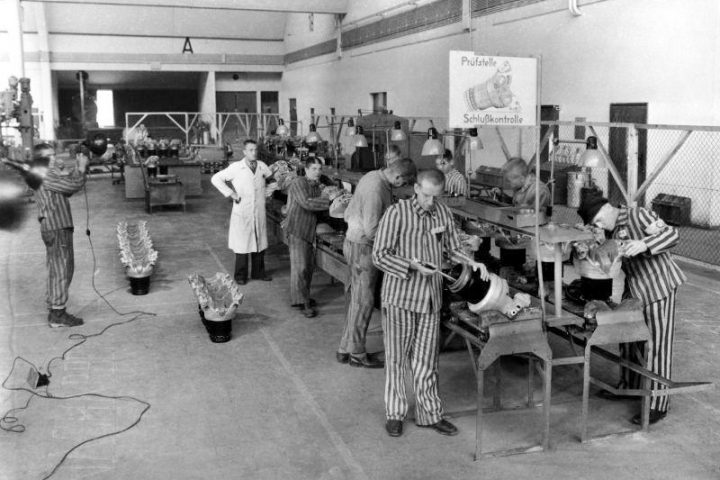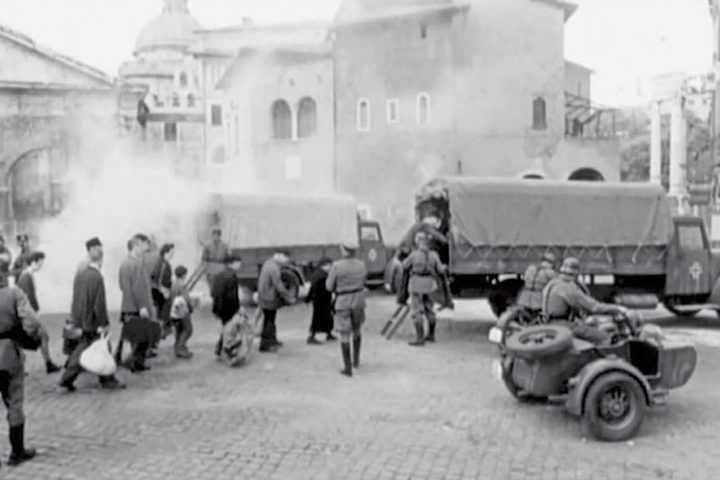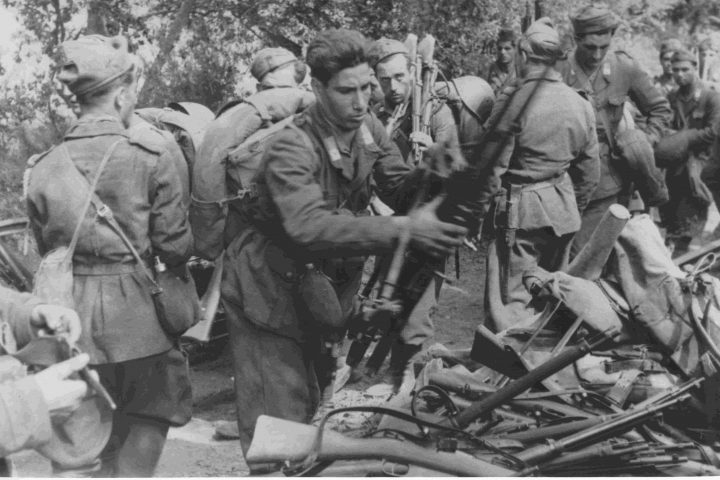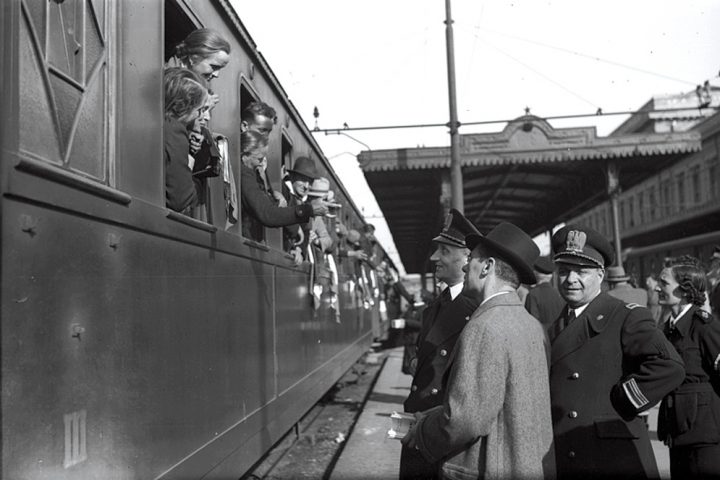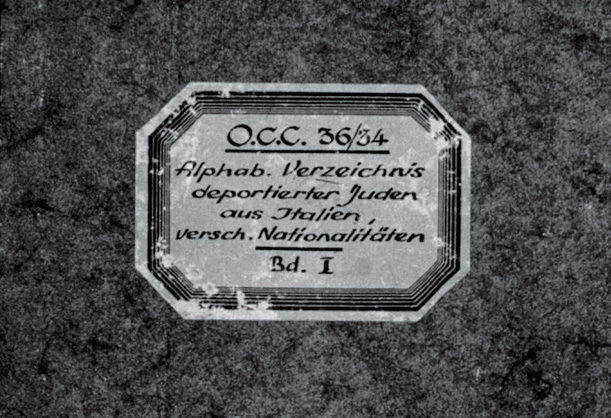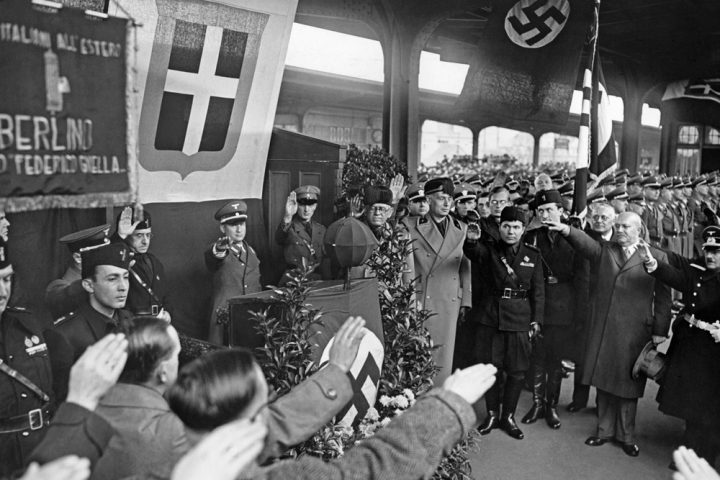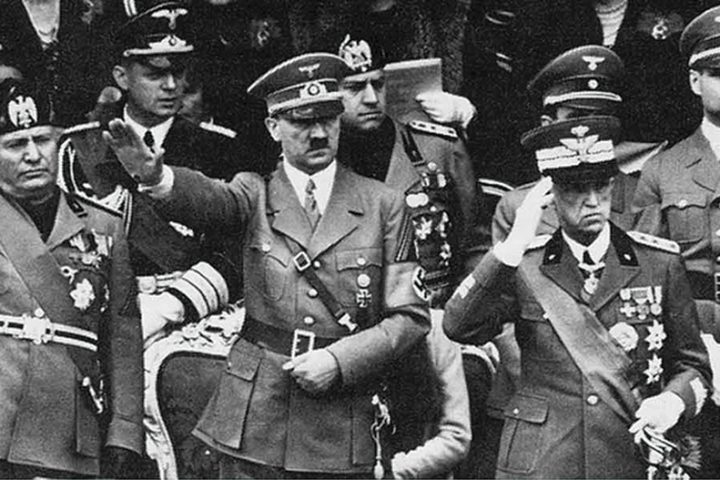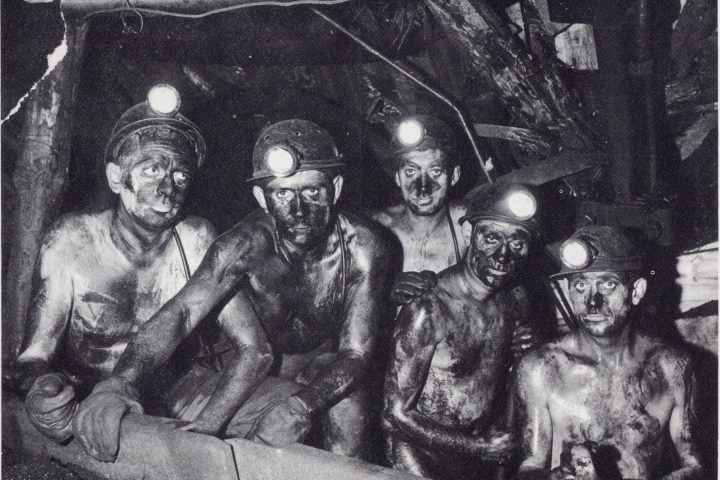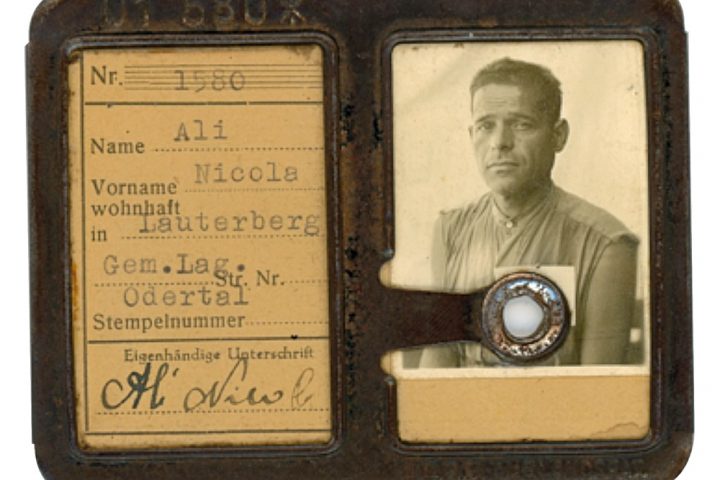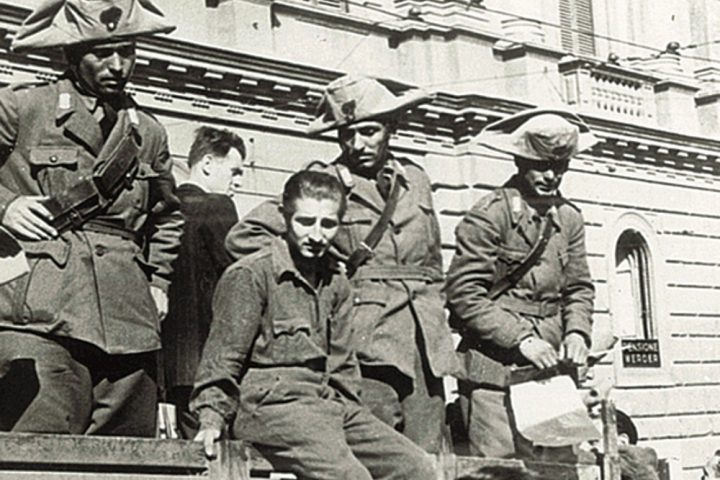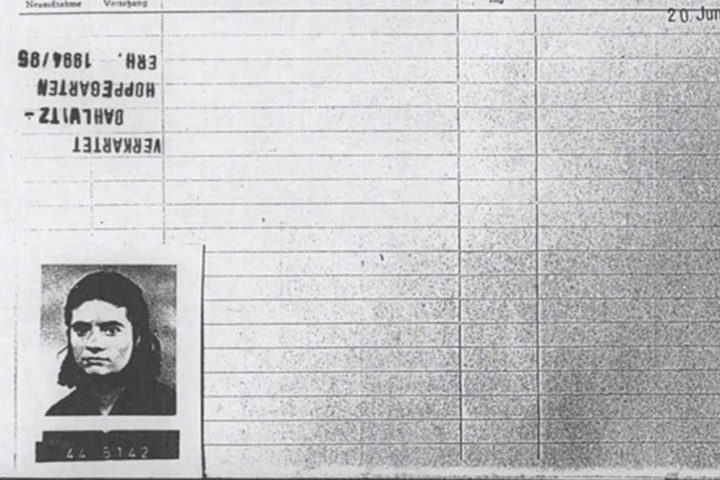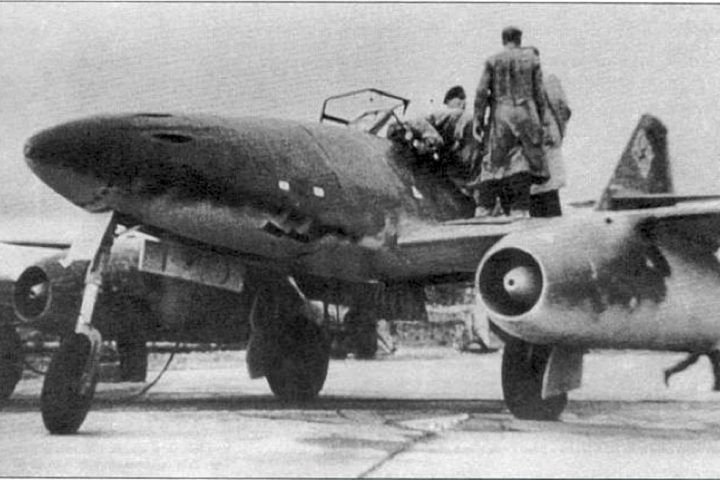1,200,000 stories
In the period between the crisis of summer 1943 and Liberation, about 800,000 Italians (mostly men, but also a few thousand women) were transferred (almost all by force) to the territory of the Third Reich. There, their destinies crossed those of another 100,000 compatriots, who had been arriving in Germany…
Of the approximately 900,000 Italian men and women living in German territory in the last twenty months of the Second World War, only 800,000 had been transferred there after 8 September 1943; the other 100,000 had arrived earlier, as a result of bilateral economic agreements which had involved sending Italian…
The largest group was made up of Internati Militari Italiani (Italian Military Internees, abbreviated as IMI), a term given by the military and political authorities of the Third Reich to officers, non-commissioned officers and soldiers of the armed forces of the Kingdom of Italy captured by the Wehrmacht in the…
A second group, numbering about 100,000, included workers brought to Germany after 8 September 1943; a small number of them (a few thousand) had accepted job offers in the Reich advertised through propaganda by the offices opened in occupied Italy by the General Plenipotentiary for the Employment of Manpower (Generalbevollmächtigter…
Finally, a third, numerically smaller group, comprising 40,517 people, according to currently available information, comprised those who were deported from Italy to the actual Nazi concentration camp system, run by the SS. It is appropriate to attribute the name of “deportees” solely to this group, thus restricting the meaning of…
The migratory flow of Italian workers beyond the Brenner Pass in the years 1938-1942 originated in economic needs also linked to preparations for the future war, which required Germany to find a workforce to meet demand in every productive sector: from agriculture and industry to construction firms and mining companies.…
Italy was the cradle of the Fascist political model, which was destined to gain popularity and spread beyond national borders after 1922. In Germany, the model was adopted, and implemented with extreme radicalism, from 1933 onwards. Although divided by conflicting interests of a geopolitical and economic nature regarding Austria in…
The Monarcho-Fascist regime ruined any possibility of disengaging from the alliance with National Socialism between February and March 1940, when Benito Mussolini refused the British offer to supply Italy with the coal necessary for its economy, as German coal could no longer travel by sea due to the naval blockade…
The whole arsenal of measures previously applied in occupied Europe (offers of attractive job contracts, conscription by age group, roundups in the countryside and raids in urban areas) was then implemented in Italy, in partly different ways depending on the areas specifically targeted. Operations originally conceived by the occupying forces…
Royal Decree Law no. 123 (published in Official Gazette no. 73 of 30/3/43) was issued on 30 March 1943, and laid down that “employees of the State Administrations and any citizen, who, not being in military service, are assigned, on the basis of mobilization papers, to commands, departments or services…
Although the numbers of Italian civilians forced into working for the Third Reich were significant, their story was neglected in the public memory of post-fascist Italy. They were not even taken into consideration in the compensation measures for victims and the persecuted issued by the governments which had taken over…
The German plans for a fighter jet, for which preliminary designs had already been drafted in 1939, intensified in 1943 when the logistically most suitable site for completion of the project was found near Kahla, in Thuringia. It became operational in July 1944. The construction of a complex including both…
